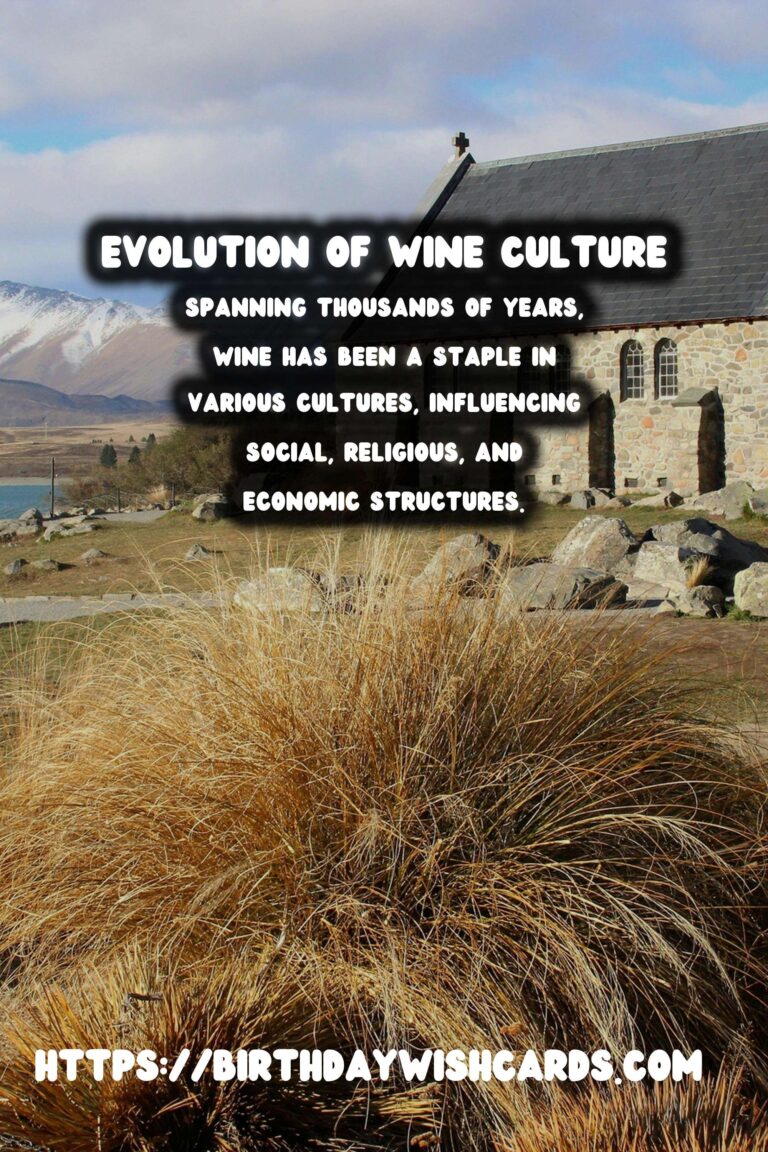
The story of wine is as intricate and flavorful as the beverage itself. Spanning thousands of years, wine has been a staple in various cultures, influencing social, religious, and economic structures. By tracing the history of wine from Ancient Rome to modern winemaking regions, we discover how this beloved drink has evolved over centuries.
The Beginnings of Winemaking
The earliest evidence of wine production dates back to as far as 6,000 BC in present-day Georgia, situated in the fertile crescent between the Black and Caspian seas. Archaeological discoveries have revealed wine jars, showcasing the early development of winemaking techniques. The grapes were likely native varieties which were cultivated and pressed into wine by our ancient ancestors.
Wine in Ancient Rome
Fast forward to Ancient Rome, where wine became an integral part of society. Roman viticulture flourished around 200 BC, supported by an expanding empire that demanded more wine production. Romans are credited with refining many winemaking techniques, such as barrel aging and the development of the screw press, which improved the quality and efficiency of wine production.Roman wines were often mixed with herbs and spices, creating a diverse range of flavors that appealed to the palate of Roman citizens. This era also saw the first trade expansion of wine as it became a significant commodity traded across the Roman Empire.
Middle Ages: Monasteries and the Preservation of Wine Culture
During the Middle Ages, Europe’s monasteries played a crucial role in preserving wine culture. Monks perfected economic, agricultural, and winemaking practices which laid the foundation for modern techniques. Notably, the Benedictine and Cistercian monks contributed to the development of famous wine regions in France, such as Burgundy and Champagne.
The Renaissance: A Revival in Appreciation
The Renaissance brought about a renewed appreciation for wine, driven by a revolution in arts and sciences. During this time, wine became correlated with culture and sophistication, and wine consumption increased significantly among the upper echelons of society. The development of glass bottles with cork stoppers also emerged during this period, significantly altering storage and aging processes.
Wine in the New World
The Age of Exploration opened new horizons for winemaking as European settlers brought vines to the New World. These pioneers adapted Old World viticulture techniques to foreign climates, cultivating vineyards in regions such as South Africa, Australia, and the New World bastion—California.California wine, in particular, experienced a significant evolution during the 19th and 20th centuries, now flourishing into a powerhouse fielding innovative techniques and a diverse array of flavorful wines.
Modern Winemaking Regions
Today, winemaking spans the globe with notable regions like France, Italy, Spain, and California continuing to produce some of the world’s finest wines. Meanwhile, emerging regions in South America and Southeast Asia have also capitalized on their unique climates and terroirs to produce distinctive wines.The modern era has seen advances in technology significantly impacting wine production. Temperature-controlled fermentation, precision agriculture, and sustainable practices have revolutionized the industry, allowing vintners to produce higher quality wines with greater environmental responsibility.
The Global Impact of Wine Culture
Wine’s impact is not just historical but also economic and cultural. Today, the global wine industry is valued at hundreds of billions of dollars, supporting jobs and communities around the world. Wine festivals, tours, and tastings continue to grow in popularity, showcasing the social and cultural significance of this ancient craft.
Conclusion
As we trace the journey of wine from the ancient roots in Georgia to the esteemed vineyards of today, it’s evident that wine embodies a vibrant mosaic of human history, culture, and innovation. This age-old beverage has not only stood the test of time but continues to evolve and enrich the palate and life of those who savor it.Whether sipping a glass of Bordeaux or enjoying a robust Cabernet from California, with every sip, one savors the centuries of tradition and passion that fuse into a single glorious moment of enjoyment and reflection.
The story of wine is as intricate and flavorful as the beverage itself. Spanning thousands of years, wine has been a staple in various cultures, influencing social, religious, and economic structures. 
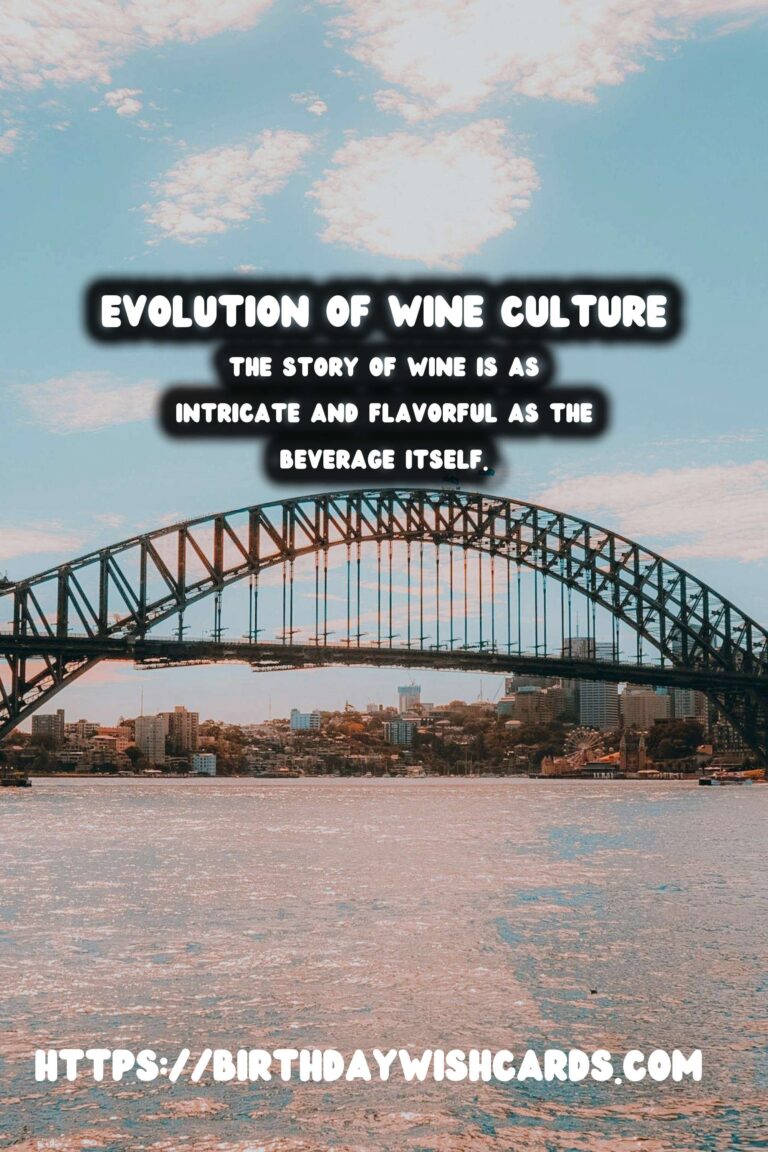
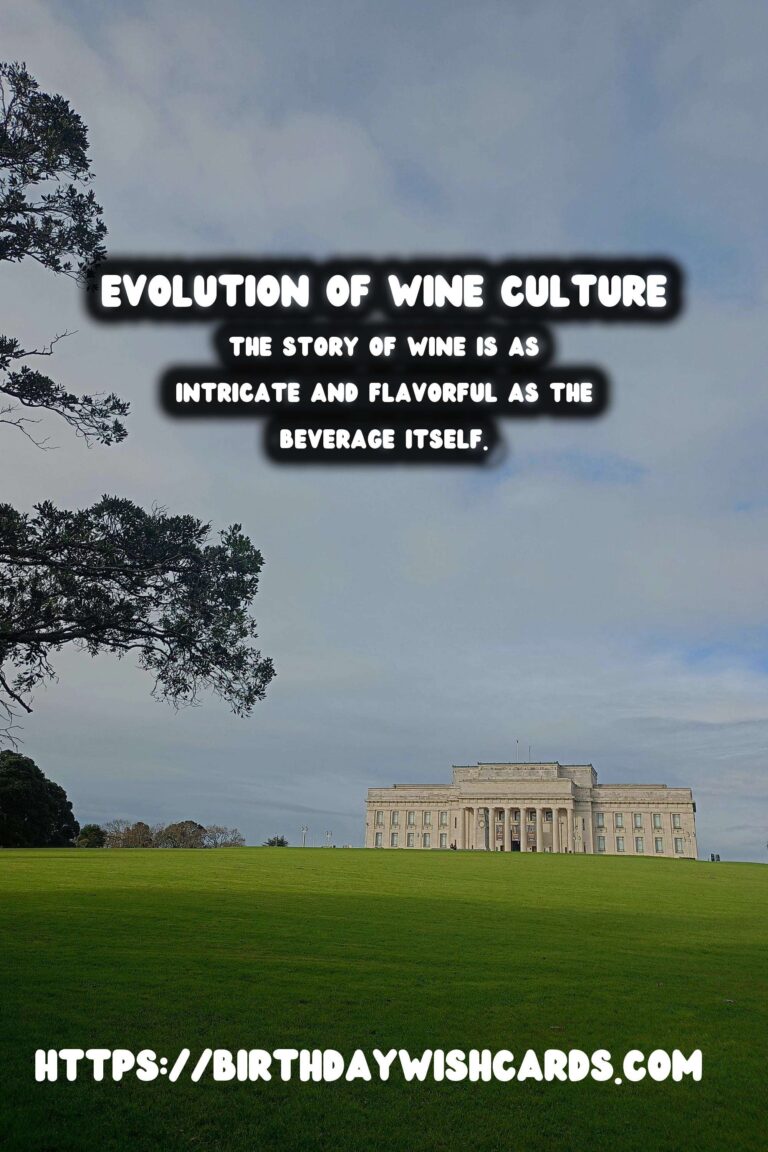
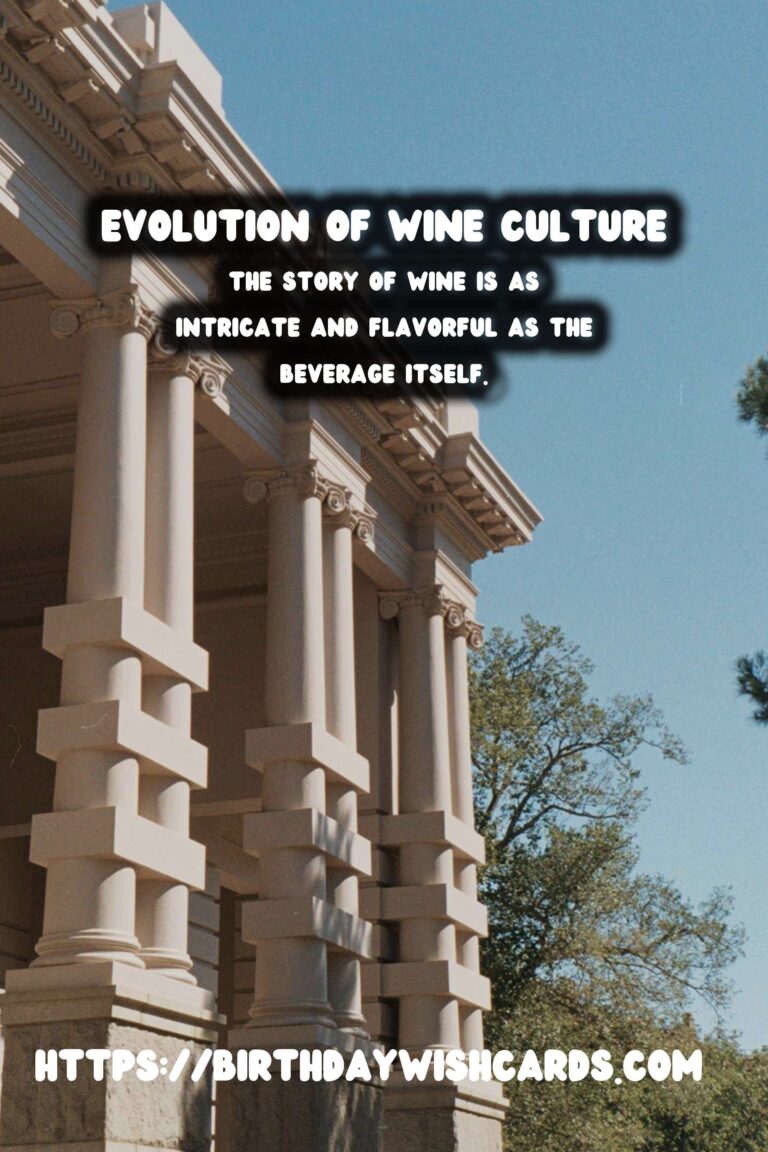

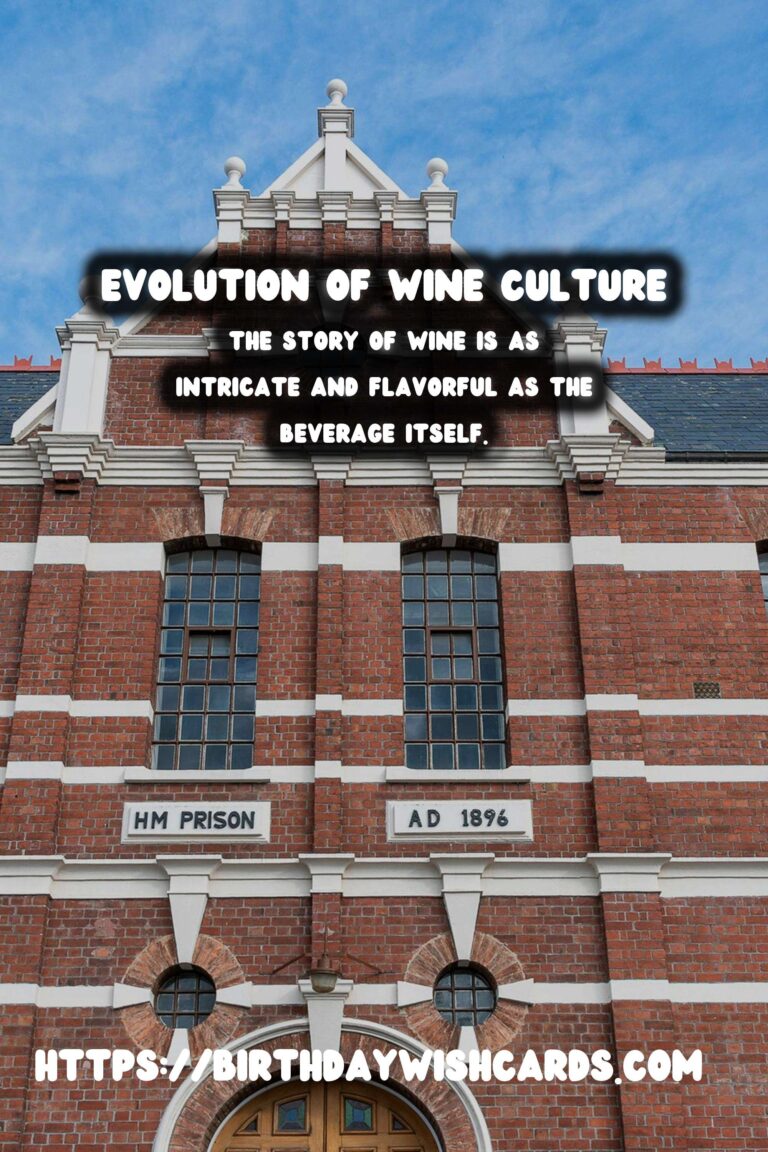

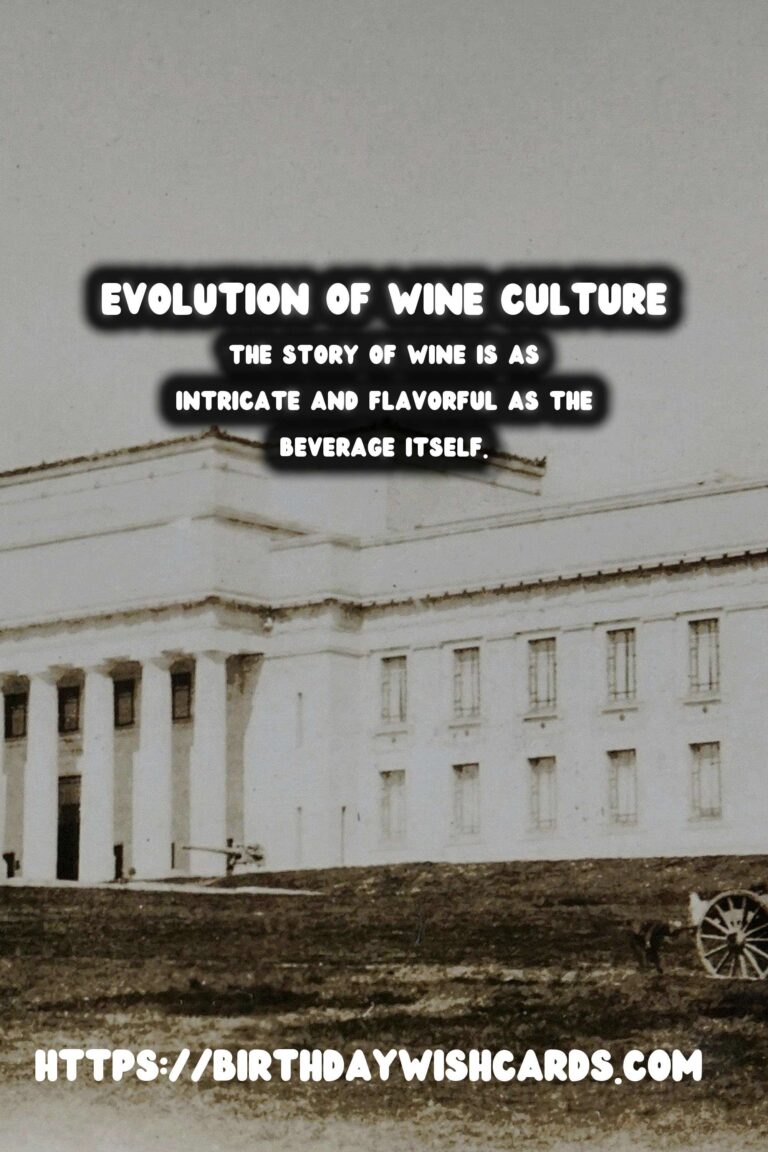


#WineHistory #ModernWinemaking




